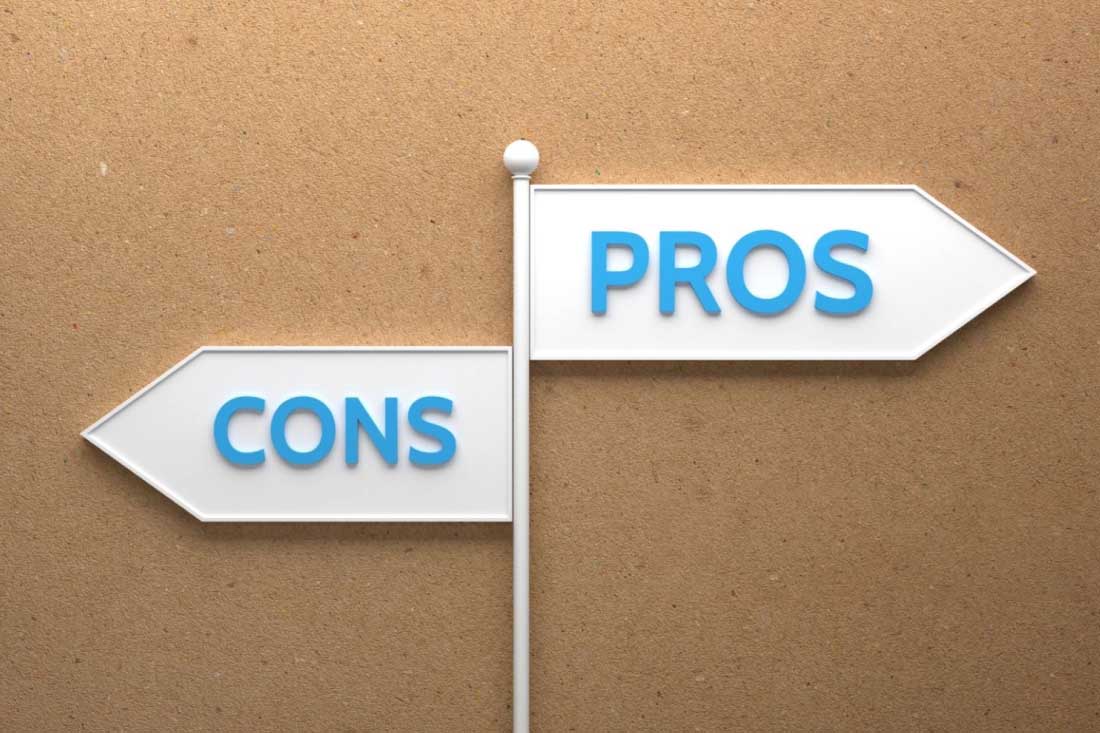One of the biggest indicators of business success? Productivity. It’s the ammunition that powers ideas, fuels innovation and, ultimately, drives profits. But skills shortages, reduced budgets and increased job hopping all make it difficult to maintain a productive, revenue-generating pace.
In this article, we explore five strategies to overcome these challenges with productivity optimization.
What is productivity optimization?
Productivity optimization is the process of fine-tuning daily activities to help people work as effectively as possible. It involves identifying roadblocks, removing obstacles and improving processes. Applying productivity optimization strategies across your workforce can significantly improve your bottom line.
The importance of productivity optimization
According to a study conducted by the McKinsey Global Institute, highly efficient companies experience a productivity rate as much as 5.4 times higher than their less productive counterparts. That’s the good news. The downside? Most organizations aren’t there yet. Productivity growth in the U.S. has slowed to average at just 1.4% annually — a far cry from the 2.2% that previously persisted since 1948.
Productivity optimization helps you buck this trend.
In addition, improving productivity positively impacts employee engagement and retention. When people see the results of their efforts, morale and motivation go up. This can lead to higher job satisfaction and lower turnover rates, ultimately saving you time and resources when it comes to recruiting and training new staff.
However, these results won’t happen by chance. Savvy business leaders know to intentionally create a culture where productivity can thrive.
5 strategies for businesses to optimize productivity
While the business landscape is filled with tips for increasing productivity, not all are valuable. For maximum impact, focus on these five proven strategies.
1. Optimize your meetings
Optimizing meetings is one of the quickest, most effective ways to minimize distractions and boost productivity. But for most organizations, there’s still work to do. After decades of evidence showing how unproductive many meetings can be — 65% of managers say routine meetings keep them from completing work — they’re still as prominent as ever. Ineffective meetings continue to stifle productivity, costing U.S. companies $399 billion a year.
Reducing unnecessary meetings empowers you to take that time back. Recurring check-ins, meetings with no agendas and sessions with a dozen or more attendees are most disruptive. Start by eliminating as many of these as possible. Then schedule a time each week — such as all day Friday or Wednesday afternoon — when teams aren’t allowed to schedule meetings unless necessary. This frees employees to get into a state of flow and focus on important tasks. When you do schedule a meeting, keep it short and small, and stick to a predetermined agenda.
2. Offer flexible work
Flexible work arrangements are gaining momentum across industries, for good reason. Giving people a say in how, when and where they work empowers them to be more productive. Rather than being confined to a traditional office setting day in and day out, employees are free to choose the locations and hours that work best for them — whether that means quiet focused time at home or afternoons brainstorming with colleagues in the office.
Best of all, you can choose from a range of flexible work arrangements depending on what works best for your business. Some companies are fully remote, while others use hybrid models. Many businesses also experiment with four-day work weeks, job sharing and flextime. The key is to find what works best for your employees before designing flexible work options to increase productivity.
3. Create a productive work environment
It’s not enough to offer remote work options or create hybrid schedules. People need your help setting up the right work environment to be as productive as possible. Support them with the tools they need to create well-equipped workspaces.
Comfortable chairs, additional monitors and noise-canceling headphones are all examples of company-issued equipment shown to boost productivity. Choosing the right mix of apps and software is equally important. Find out which apps help team members stay on task and which ones are too cumbersome, confusing or distracting. This will tell you when more training is needed, and where you can save money by eliminating unused software licenses.
4. Focus on well-being
When employees believe their employer cares about their health and well-being, they’re 38% more engaged and 18% more likely to go the extra mile for the organization. In other words: Supporting employees is one of the best ways to improve productivity. When employees feel valued, they’re more engaged, productive and loyal.
While compensation and strong communication set the foundation for improving employee well-being, don’t stop there. Just as investing in the employee experience improves ROI, showing people you care inspires them to stay productive. For example, did you know 94% of employees would stay at a company longer if it simply invested in helping them learn new skills? Rewarding a job well done, actively supporting work-life balance and offering mental health resources all improve performance.
5. Use productivity management software
How much would productivity soar if you knew exactly what employees need to do their best work? This is precisely why productivity management software exists. It allows you to spot trends across people, processes and technology — and use those insights to optimize productivity across your entire organization.
For example, using software to track productivity shows you:
- How much time people currently spend on focused work versus meetings and multitasking
- Where people do their best work and are most productive, whether that means working from home, in the office, or a hybrid mix
- Which work environments and arrangements correlate to higher levels of productivity, and if you should adapt additional productivity-boosting policies like the four-day workweek
- When employees start to show early signs of burnout and disengagement
These and other employee productivity metrics equip leaders with important insights — ones you can use to fine-tune policies and workflows for greater productivity.
Optimize productivity with ActivTrak
By implementing the productivity optimization strategies above, you can unlock the full potential of your people. And ActivTrak can help. Our productivity management software sheds light on how work gets done within your workforce, allowing you to make informed decisions that optimize productivity. Request a demo for insights to use today.





